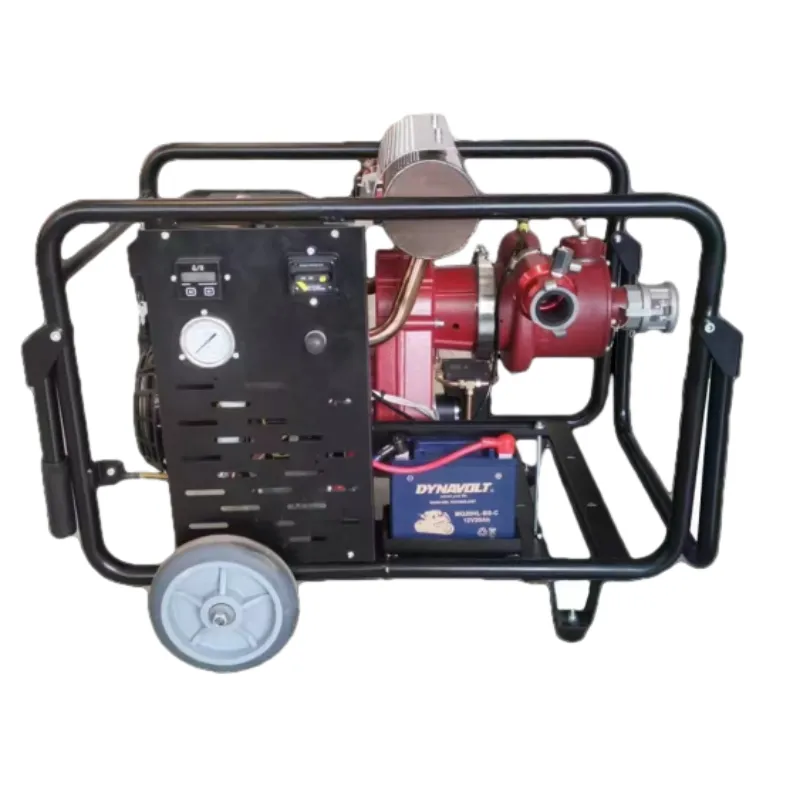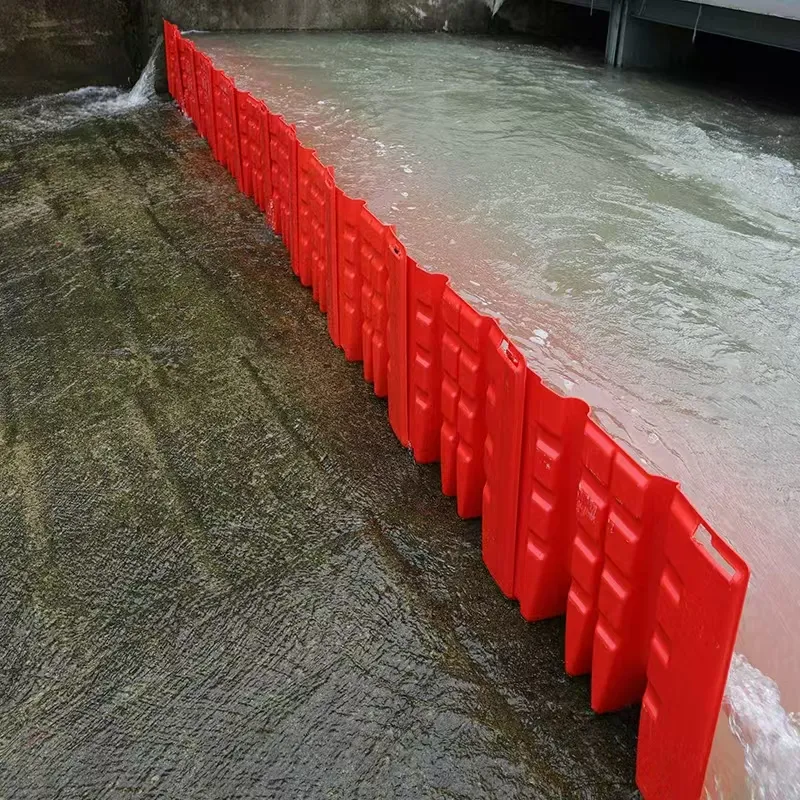

The authoritative frameworks governing hydrant pump pressure systems—such as the National Fire Protection Association (NFPA) standards or local regulatory guidelines—provide comprehensive guidelines on installation, operation, and maintenance. Adherence to these protocols is non-negotiable, as they are designed to ensure safety, reliability, and performance. These regulatory bodies provide structured guidance that informs best practices in the industry, ensuring that the systems deployed are both robust and responsive. Trust is built into these systems not only through compliance with regulatory standards but also through the transparency and accountability of manufacturers and service providers. Establishing a consumer-centric approach, companies often provide extensive warranties and support services. By fostering relationships based on trust and reliability, manufacturers ensure that clients feel confident in the systems installed, with an assurance of performance under pressure. In the future, the integration of smart technology and data analytics promises to revolutionize hydrant pump pressure systems. Innovations such as real-time monitoring, automated pressure adjustments, and predictive maintenance using IoT (Internet of Things) and AI (Artificial Intelligence) technologies are increasingly being incorporated. These advancements enable enhanced decision-making and system responsiveness, minimizing downtime and optimizing performance during emergencies. In conclusion, the landscape of hydrant pump pressure technology is defined by continuous advancements and an unwavering commitment to safety and reliability. Whether through adherence to authoritative guidelines, embracing technological innovation, or fostering expert technical knowledge, the industry is poised to deliver systems that not only meet but exceed expectations in safeguarding lives and properties. Investing in high-quality hydrant pump systems and their associated services ensures that when the call to action arises, readiness and effectiveness are guaranteed.





























